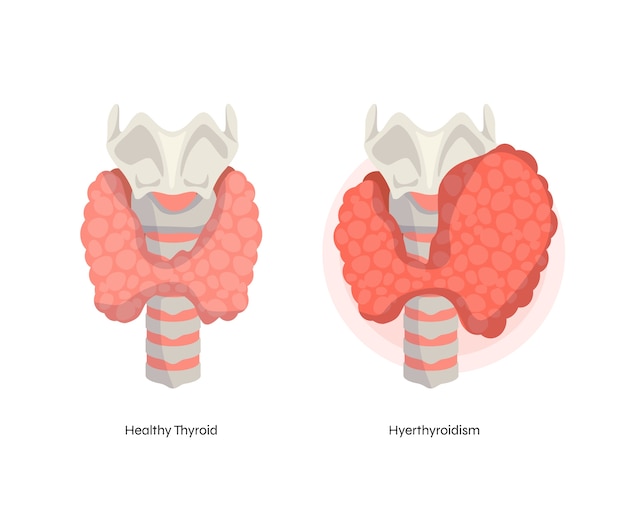Gaining muscle is a common fitness goal, but for individuals managing thyroid health—whether hypothyroidism, hyperthyroidism, or subclinical imbalances—the process can feel more challenging. The thyroid gland plays a central role in metabolism, energy production, and hormone balance, all of which directly influence muscle growth and recovery. This comprehensive checklist is designed to support muscle gain while honoring thyroid health through practical nutrition, training, tracking, and motivation strategies.
The thyroid produces hormones—primarily T3 and T4—that regulate your metabolic rate. When these hormones are out of balance, your body may struggle to build muscle efficiently. Hypothyroidism, for example, slows metabolism, reduces energy, and may increase fat storage, making muscle gain harder. Hyperthyroidism can lead to muscle wasting due to excessive metabolic activity.
Supporting thyroid function through diet, lifestyle, and consistent monitoring helps create an internal environment where muscle growth can thrive.

Nutrition is the foundation of both thyroid health and muscle building. Focus on nutrient-dense, whole foods that support hormone production and provide the building blocks for muscle repair.
Avoid or limit goitrogenic foods (like raw cruciferous vegetables) if you have iodine deficiency, and always cook them to reduce goitrogenic activity.
Overtraining can stress the adrenal glands and worsen thyroid imbalances. A balanced resistance training program is key.

Tracking helps you stay consistent and adjust based on real data. Use a mix of objective and subjective measures:
Consider using a journal or app to consolidate your data and spot trends over time.
Muscle gain with thyroid support is a marathon, not a sprint. Motivation fluctuates, so build cues that keep you on track:
Chronic stress elevates cortisol, which can suppress thyroid function and hinder muscle synthesis. Incorporate daily recovery practices:
Building muscle while supporting thyroid health requires a holistic, patient, and informed approach. By aligning nutrition, training, tracking, and mindset, you create a sustainable path to transformation. Listen to your body, honor your progress, and remember that consistency—not perfection—leads to lasting results.
Start today: pick one tip from this checklist and implement it. Small steps lead to big changes.

Fitness

Fitness

Fitness

Fitness

Fitness

Fitness

Wellness

Fitness

Wellness

Fitness

Fitness

Fitness

Health

Fitness

Health

Health